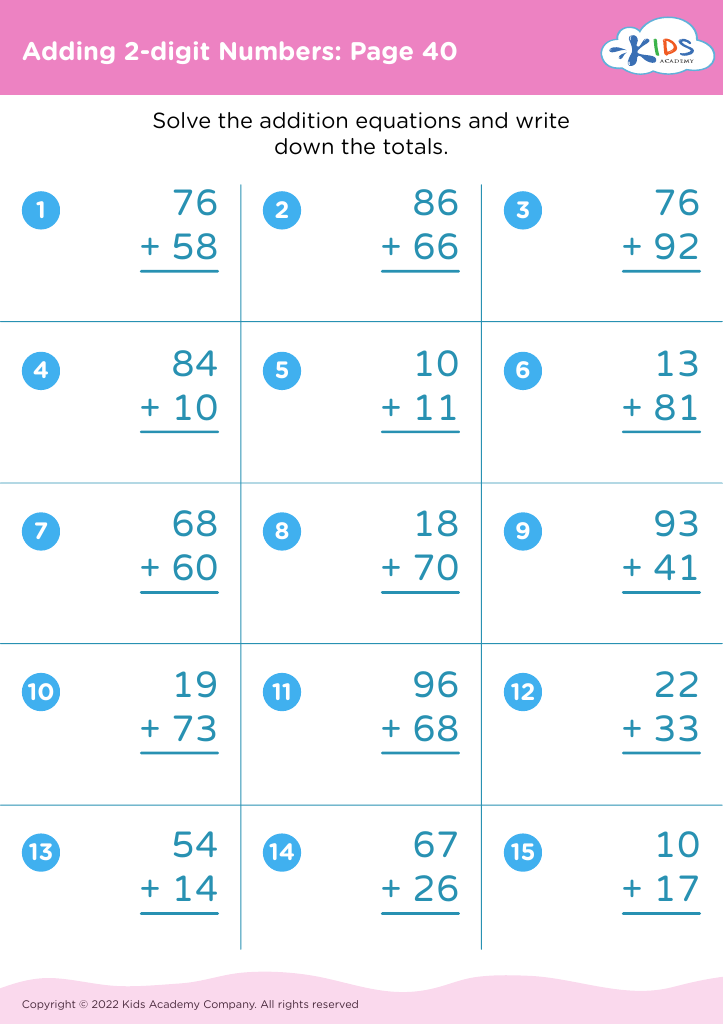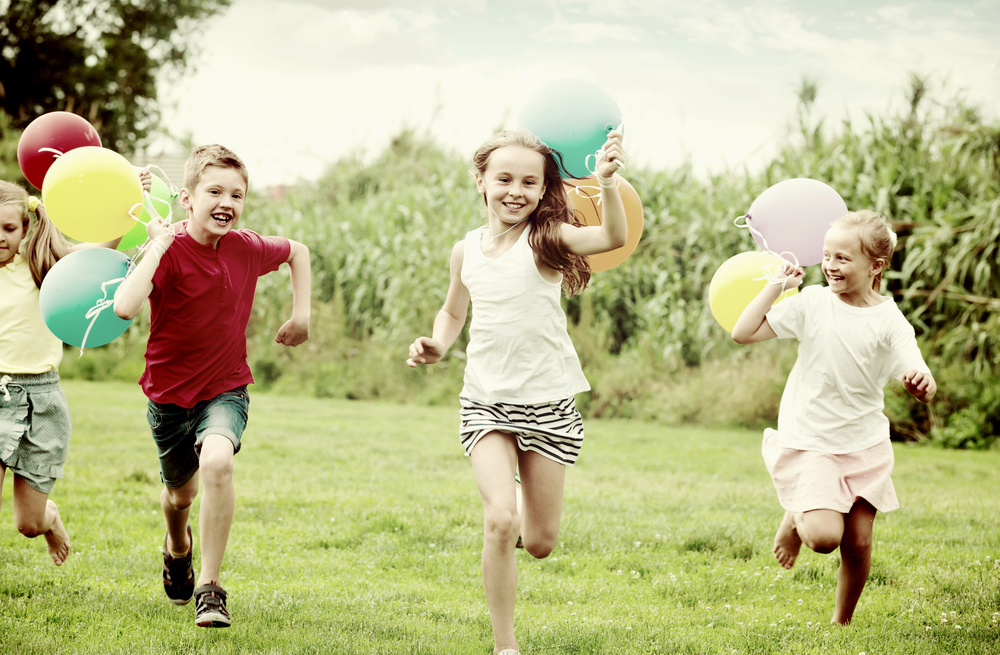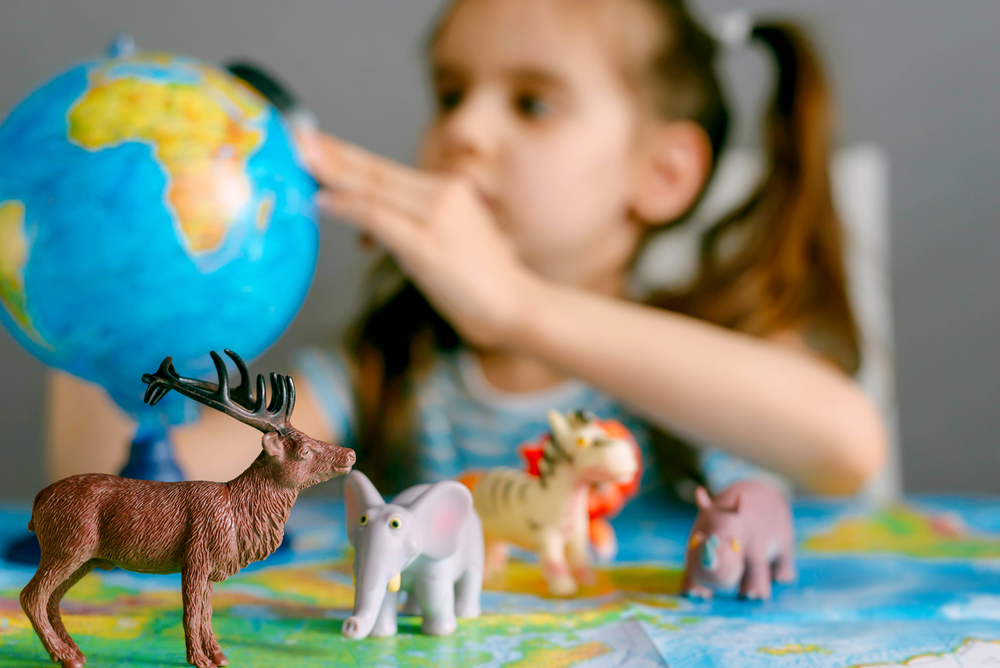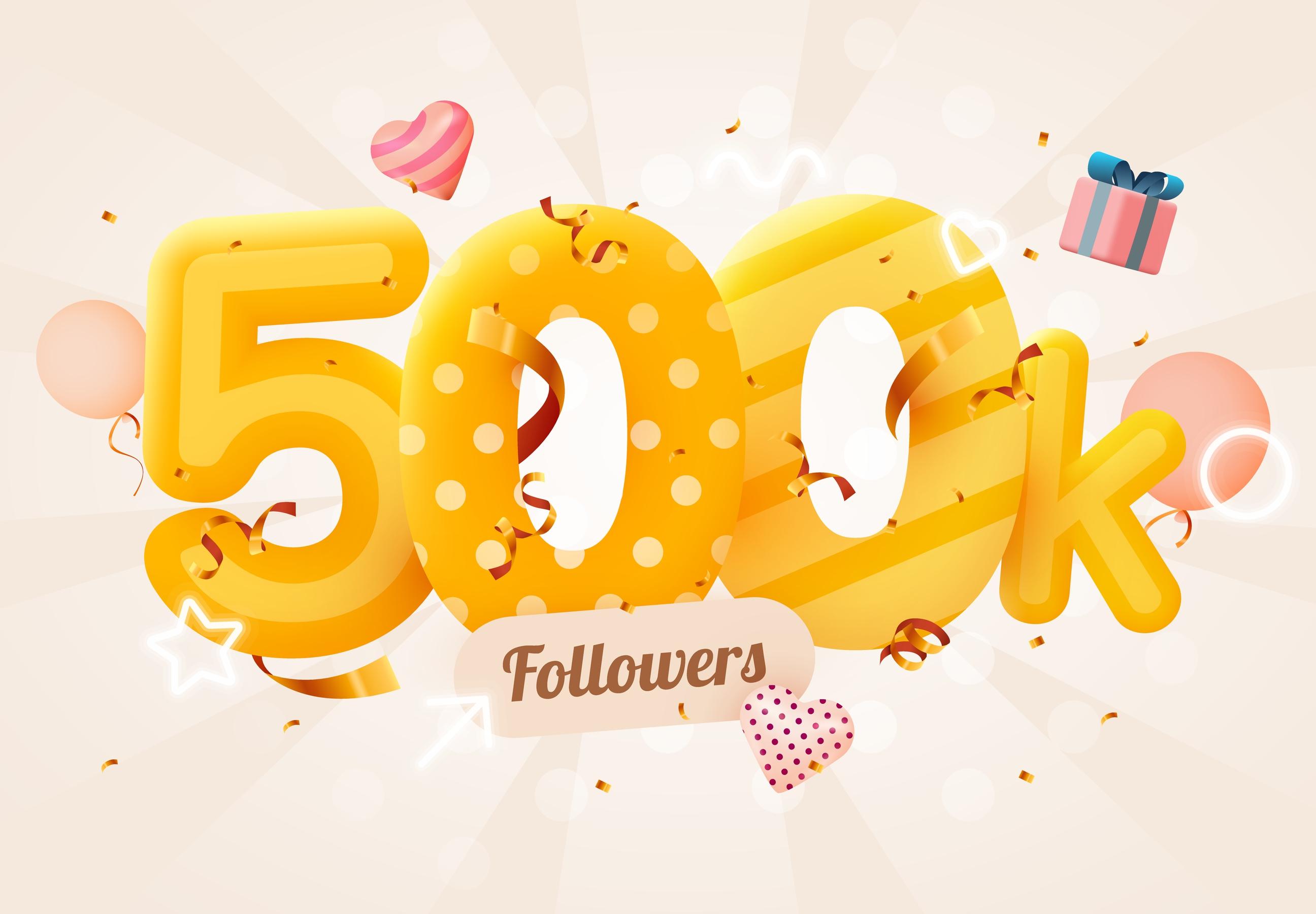Spatial understanding Worksheets for Kids
5 filtered results
-
From - To
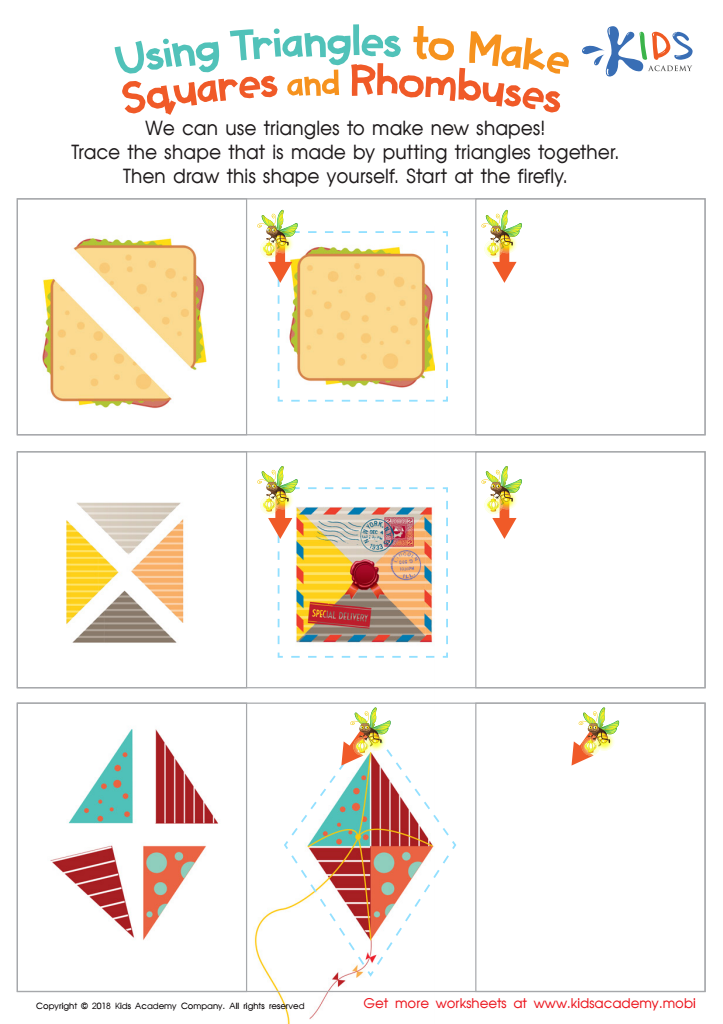

Using Triangles to Make Squares and Rhombuses Worksheet


Making Shapes with Shapes Worksheet
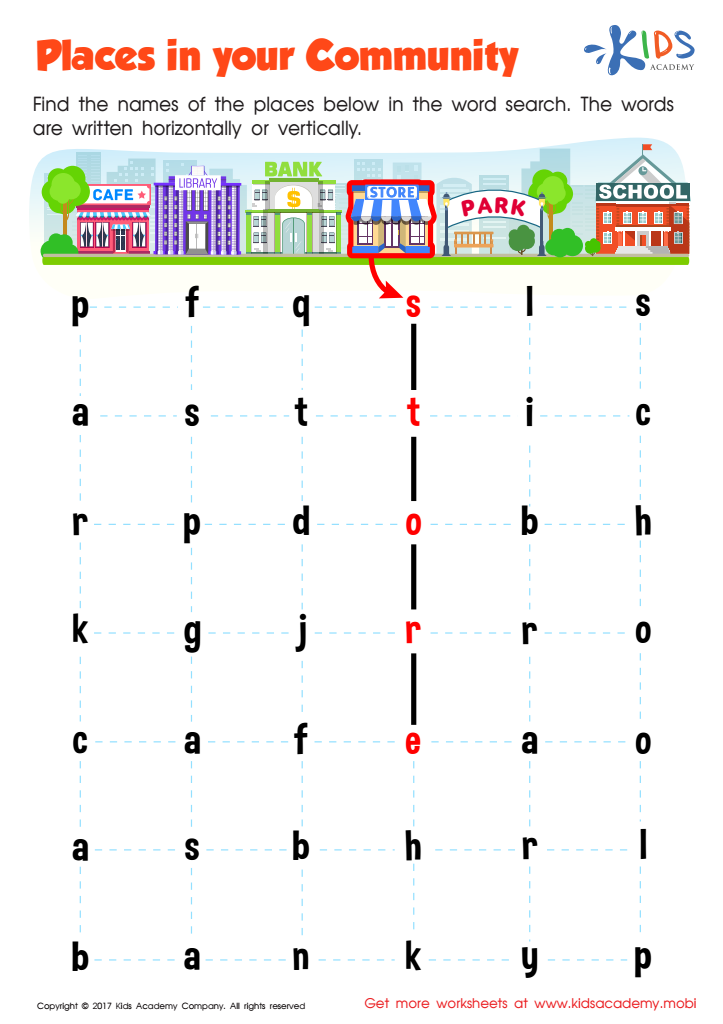

Places in Your Community Worksheet
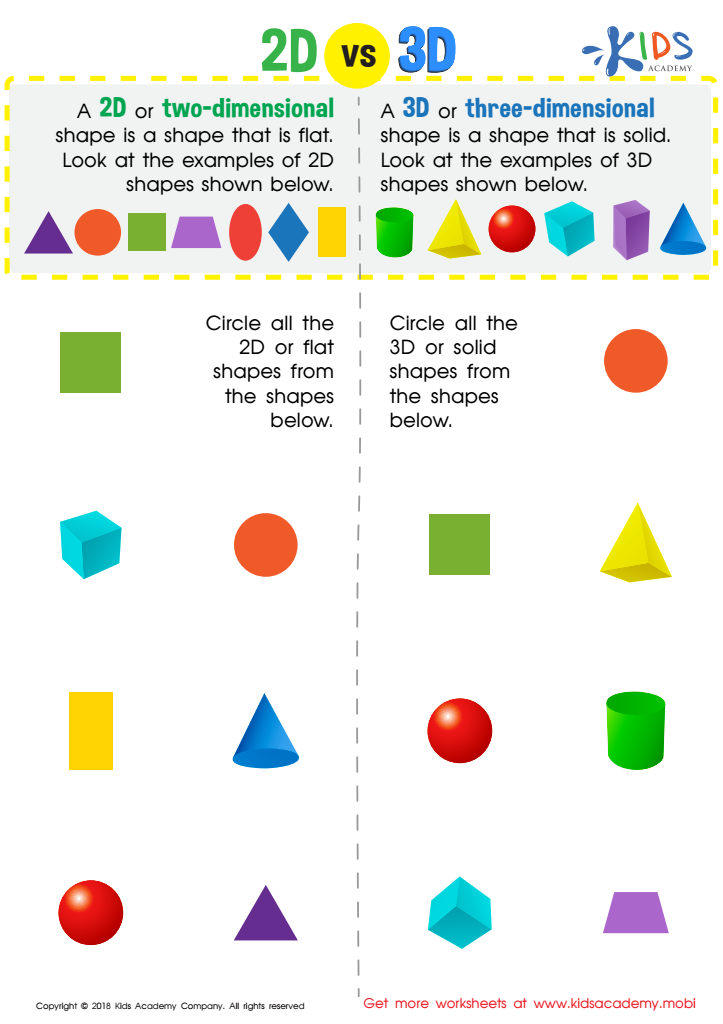

2D vs 3D Shapes Worksheet
Question/Answer
What does the Spatial understanding skill mean when it comes to Grade 2 Community learning?
In the context of Grade 2 Community learning, the spatial understanding skill refers to a student's ability to recognize and interpret the spatial relationships between objects, places, or environments within their community. This includes understanding directions, locations, and the physical arrangement of their community, helping them navigate and relate to their surroundings more effectively.
Why is the Spatial understanding skill important for Grade 2 students?
Spatial understanding is crucial for Grade 2 students because it helps them grasp concepts related to geometry, map reading, and problem solving. This skill enables them to visualize and manipulate objects in their minds, aiding in mathematics, science, and everyday tasks.
How to test a Grade 2 student’s Spatial understanding skills?
To test a Grade 2 student's spatial understanding skills, use activities that require them to manipulate and predict the movement of objects. Activities can include puzzles, building block challenges, drawing and interpreting simple maps, arranging objects according to size or shape, and identifying patterns. These tasks assess their ability to understand and navigate space, recognize shapes, and grasp spatial relationships.
 Assign to the classroom
Assign to the classroom
